
![]()
AIA Ohio Convention 2014 Bialosky + Partners Architects
This week, Bialosky + Partners Architects will lead sessions at the 2014 AIA Ohio Convention, in Kent, OH that tackle the theme of "A Future Practice". Senior and Managing Principal Jack A. Bialosky, Jr., AIA, LEED AP and Principal David W. Craun, AIA, LEED AP are jointly leading two sessions. Thursday’s Session, Action Planning For Firm Development will be facilitated by Jeffery Carmen, Management Consultant to the AEC industry. On Friday, Jack and David, along with Partner Aaron Hill AIA of Richard Fleischman + Partners Architects, and Principal Mike Schuster, FAIA, LEED AP of MSA Architects will be hosting a discussion titled It Takes A Village to Raise A Partner. Finally, Designer and Business Development Director Theodore Ferringer, Assoc. AIA, LEED Assoc., is leading a session on Thursday with designer Michael Christoff, Assoc. AIA, of Vocon and Project Manager Angela Jayjack Assoc. AIA, LEED AP of the General Services Administration, titled Empowering Emerging Professionals & Non-Traditional Practitioners: Lessons Learned From AIA Cleveland.
We hope to see you there!
See details regarding the convention and the individual sessions below:
About the 2014 AIA Ohio Convention:
AIA Ohio, in collaboration with host chapters AIA Eastern Ohio and AIA Akron will be hosting the 2014 AIA Ohio convention at Kent State University on September 18 - 20, 2014. Working together with members of the profession from throughout Ohio, this years convention will be the first time that AIA Ohio has worked to bring its annual convention to the site of one of the states architectural programs.
This years theme, "A Future Practice" focuses on careers, business and practice opportunities for those who are just entering the architectural profession as well as long time practitioners looking for ways to change their existing practices. Centered out of the Kent State Hotel and Conference Center, the convention will focus on the connection of practice to the academy as the profession is redesigned.
Thursday, Sept. 18: 1:00 - 2:15pm at Dix Ballroom, KSU
Action Planning For Firm Development

Too much time spent working in the business and not enough spent on the business can leave a firm stagnant and unable to compete. Generational changes and new technologies are not only changing how we produce architecture, but the business of architecture itself. This session reflects on how leadership can successfully plan for the changing landscape of practice, creating opportunities for innovation and growth, while still getting the job done. This session is primarily focused on mid to large size firms. Jeffery Carmen, Management Consultant to the AEC industry will lead this session, explaining the trends, hurdles, opportunities to both the business and practice of architecture. With over 35 years of experience, Carmen has helped many define and achieve success on their terms. With a belief that "industry standard metrics" perpetuate mediocrity, Jeffrey will explain how to plan for action without falling into usual solutions. Joining Jeffery will be Bialosky + Partners Architects Managing Principal, Jack Bialosky, Jr., and the firm's youngest Principal, David W. Craun. They will share BPA's recent Action Planning strategy which has transformed such things as work environment, branding and messaging, and young leadership that has pushed the firm to never before seen successes.
Thursday, Sept. 18: 2:30 - 3:45pm at McGilvery Ballroom, KSU
Empowering Emerging Professionals & Non-Traditional Practitioners: Lessons Learned From AIA Cleveland

Organizations throughout the county are evaluating how they engage the generations they serve. With an average member age of 50 and 40% of members retiring in the next 10 years, AIA is at a particularly sensitive and exciting time as it evaluates its relationship with Emerging Professionals (EP) and those on non-traditional career paths. In response to this context, AIA is proactively responding to evolving membership needs through the Repositioning Initiative. This session will showcase engagement and programming lessons learned by the AIA Cleveland Associates Committee; a committee organized by a series of Associate Directors who recognized the importance of engaging EP's and non-traditional career path professionals in the organization. This panel will engage the audience in discussing: How can EP's and associates become valuable resources for AIA as outreach into the community, positioning components as leaders within the community? How can increased EP and associate participation help address the diversity gap found in most chapters? What value does AIA participation by EP's and associates have for firms? We shall discuss these questions and more in this moderated panel discussion, sharing the replicable model that AIA Cleveland has recently developed to engage and empower EP and associate members.
Friday, Sept. 19: 9:00am - 10:15am at McGilvery Ballroom, KSU
It Takes A Village To Raise A Partner

A roundtable discussion will allow participants to examine the road to Partnership as one that requires equal ownership of the process by both older and newer leaders of the firm. This model of shared ownership asks experienced Partners to strategize in growing and harvesting the next generation of leadership together with future firm leaders. A culture of empowerment and self-driven responsibility proves to be the soil for emerging practitioners (EPs) to not only bloom, but to take roots in the firm. From the EP side, the session explores how to emerge as a partner in a fashion that fits him/her personally. Managing Partner of Bialosky + Partners Architects, Jack A. Bialosky, Jr, AIA, LEED AP, will host this roundtable with David W. Craun, AIA, LEED AP, who made history when he earned the first intern-to-partner promotion in the firm. Mike Schuster, FAIA, LEED AP, Founding Principal of MSA Architects and AIA Ohio Immediate Past President and Aaron Hill, AIA, Partner at Richard Fleischman + Partners Architects and AIA Cleveland President-Elect will join other architects at various career milestones from around the state to join the discussion.


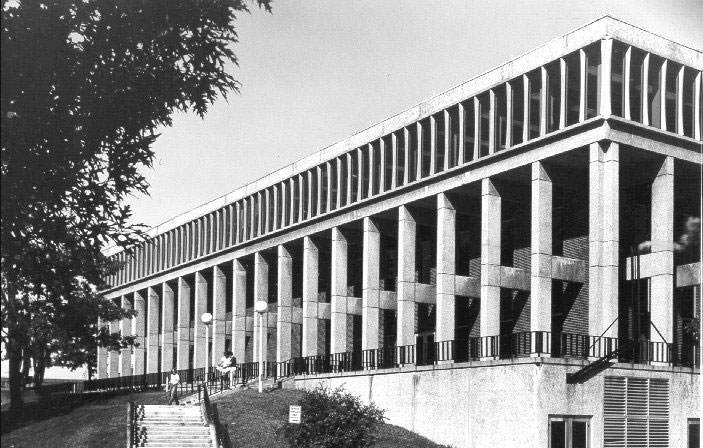





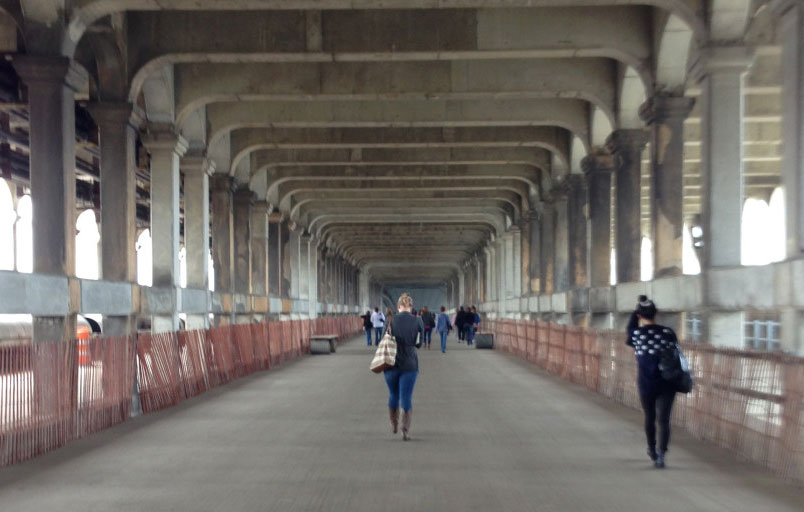

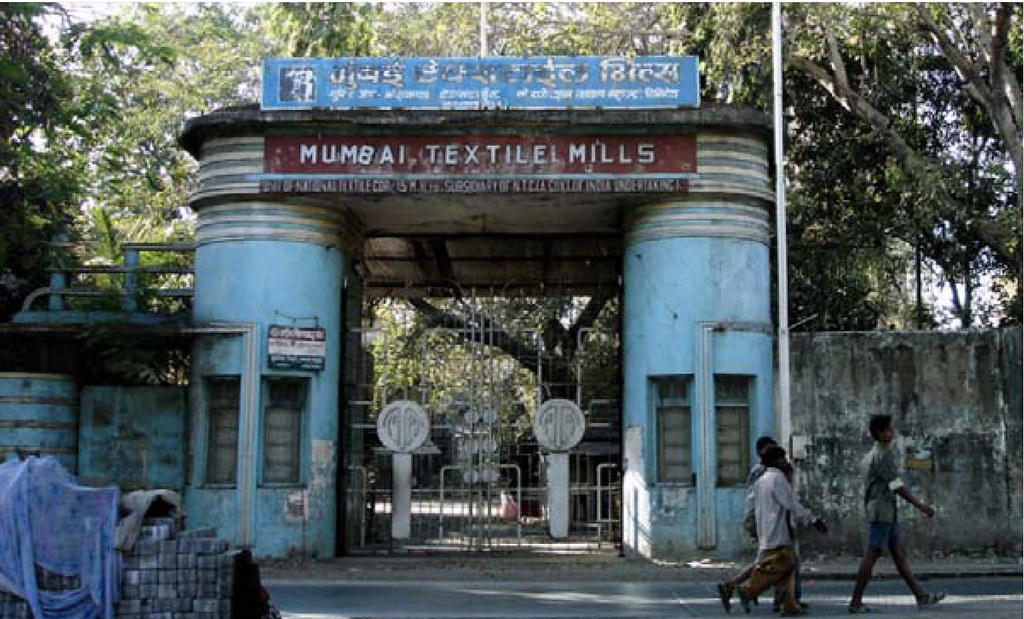
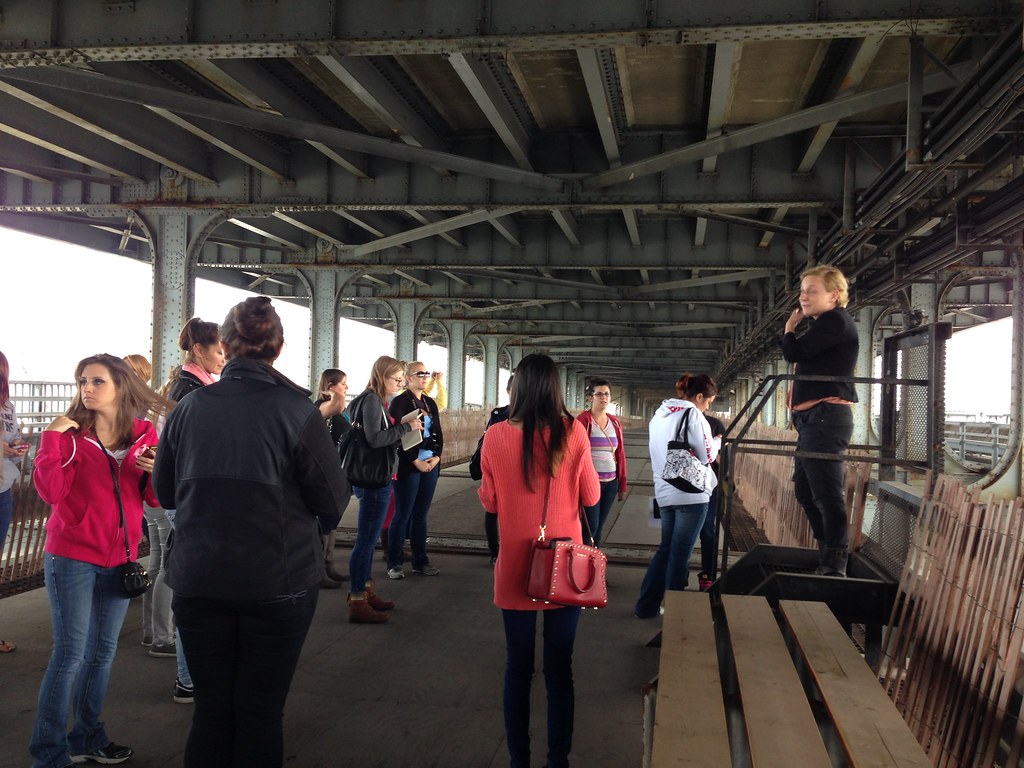
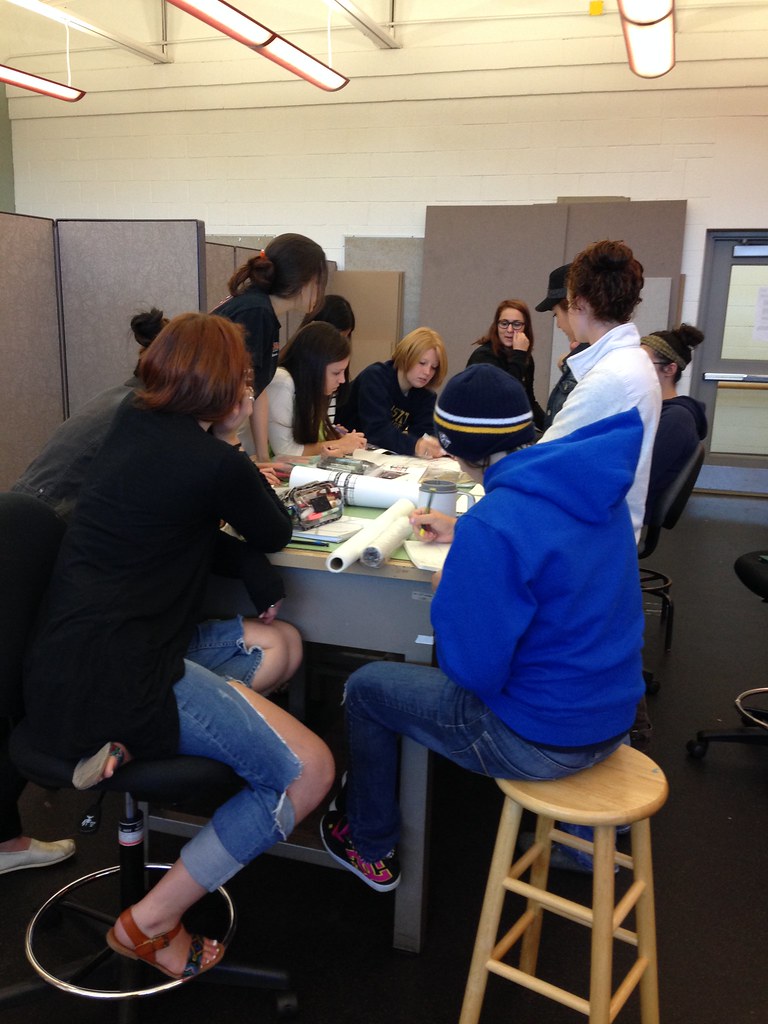
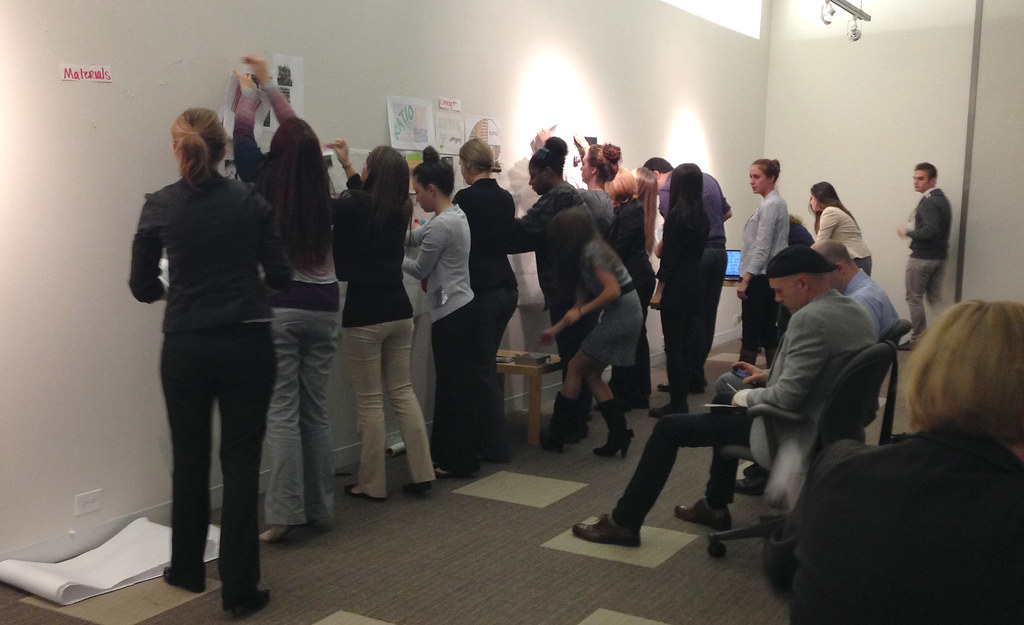
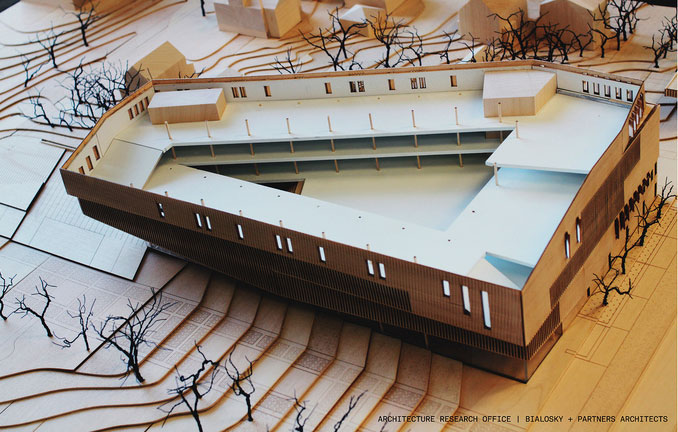

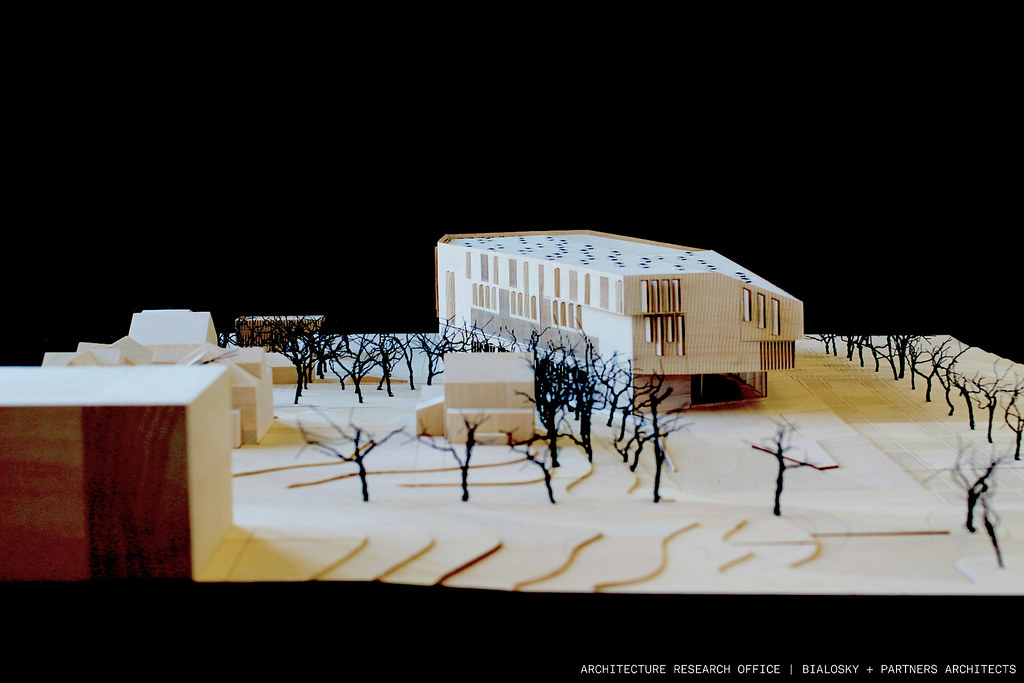
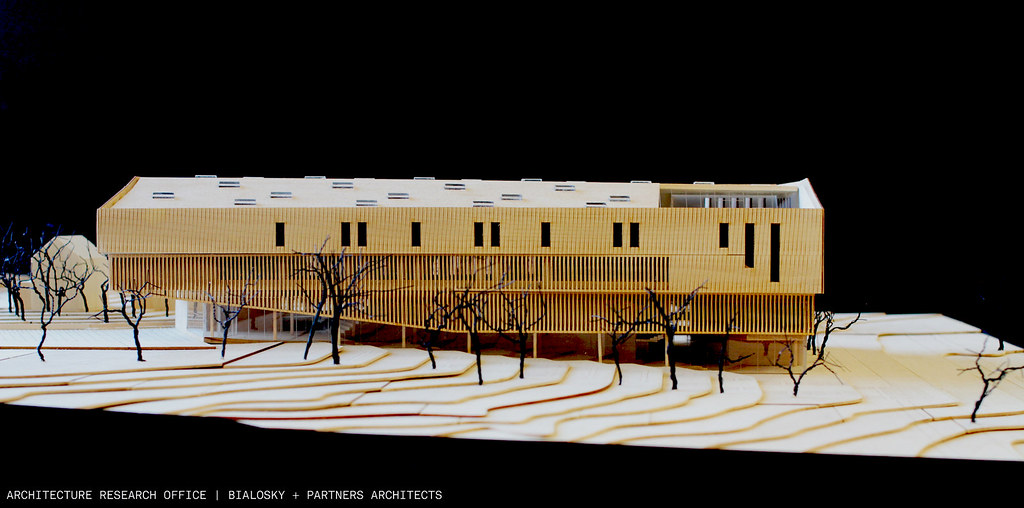
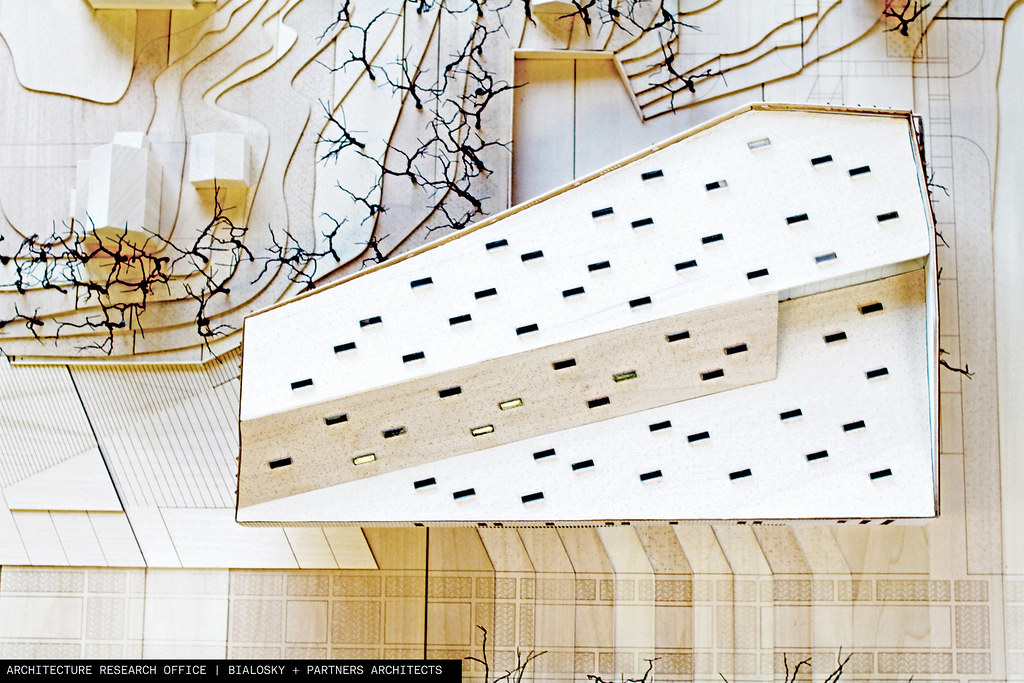

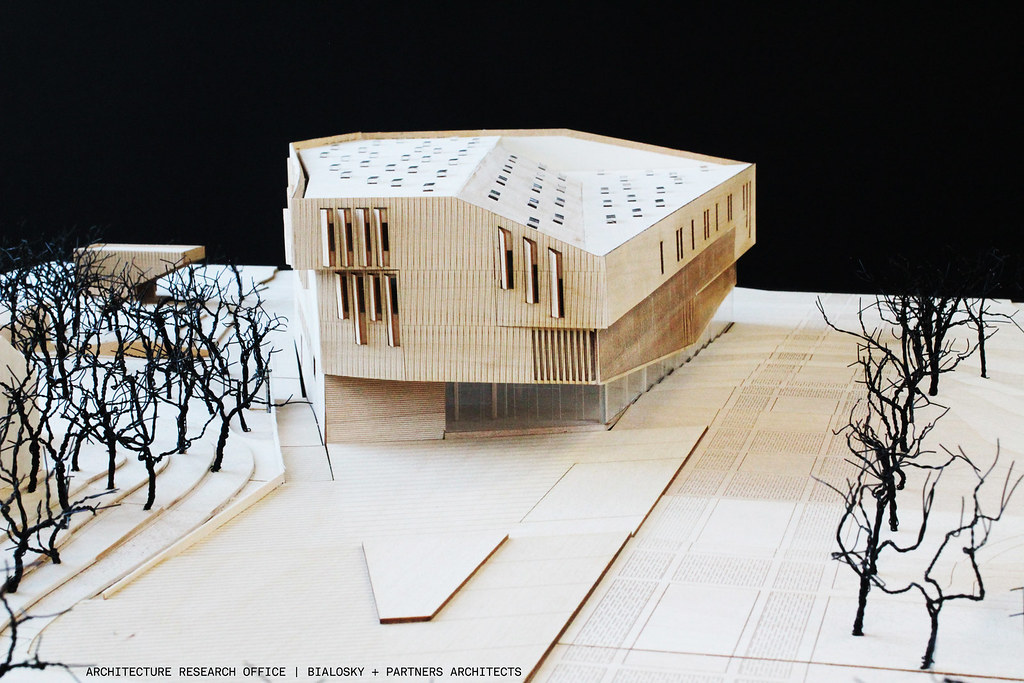
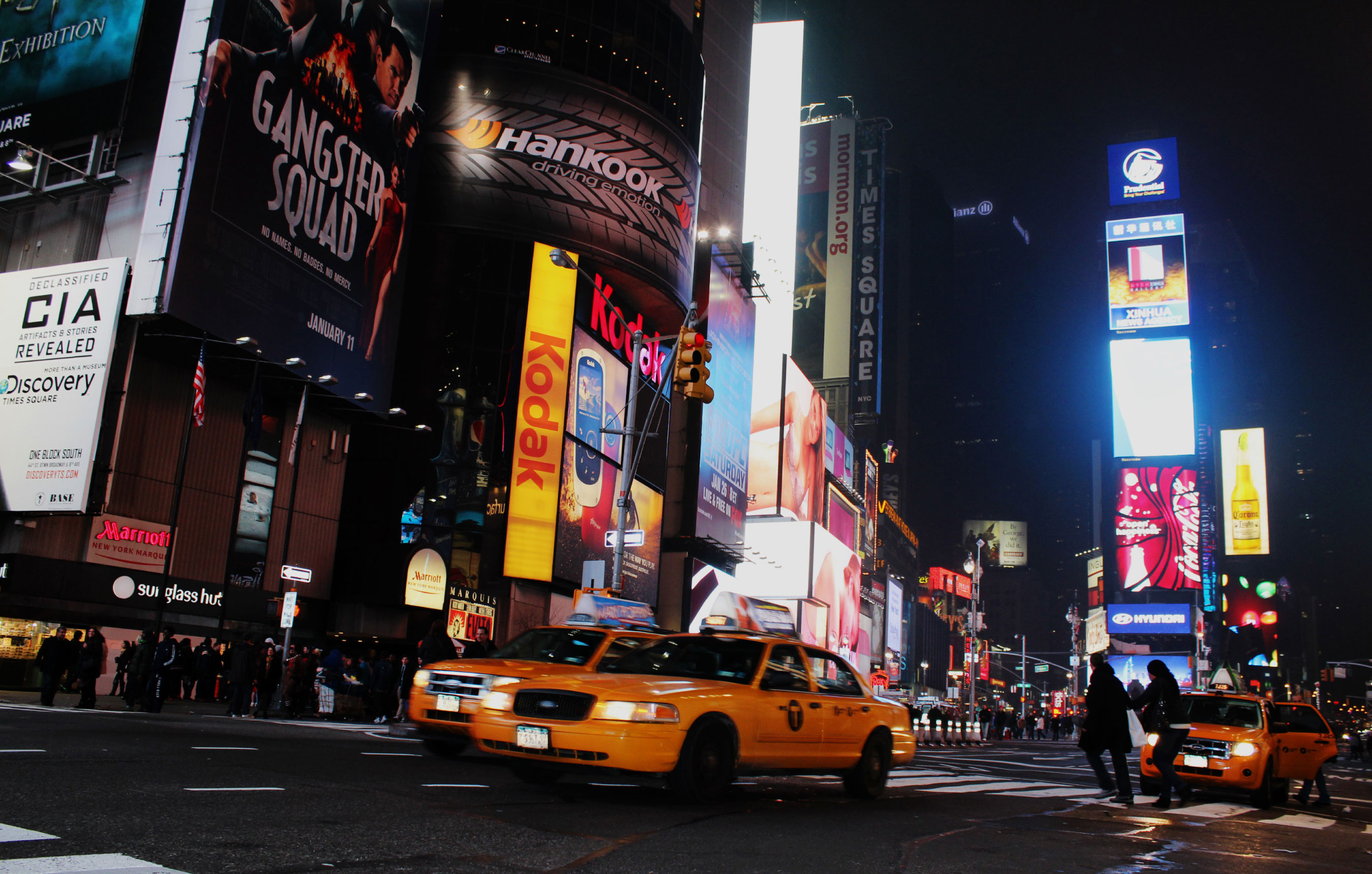
 Needless to say the scene was fantastic, who wouldn't love working in NYC? My commute to work consisted of walking through the historic Soho District of cast iron facades felt like a step back in time. And working in such an iconic city was pretty surreal. The whole crew at ARO was great, I love going to new places and meeting new people and this was a perfect combination of both. The hardest part of adjusting to the new environment was learning everyone’s name. Thankfully on the fridge in their kitchenette there was a clever celebrity doppelgänger for most everyone in the office - it was pretty accurate and it served as a great cheat sheet for learning everyone’s name.
Needless to say the scene was fantastic, who wouldn't love working in NYC? My commute to work consisted of walking through the historic Soho District of cast iron facades felt like a step back in time. And working in such an iconic city was pretty surreal. The whole crew at ARO was great, I love going to new places and meeting new people and this was a perfect combination of both. The hardest part of adjusting to the new environment was learning everyone’s name. Thankfully on the fridge in their kitchenette there was a clever celebrity doppelgänger for most everyone in the office - it was pretty accurate and it served as a great cheat sheet for learning everyone’s name. 
 I knew from the moment I walked into the office that the physical model I was going to help construct was going to be killer. The entire office was surrounded by great presentation and diagrammatic models. The first day or so were getting the laser files ready, and over the next few days I became best friends with the laser cutter in the fabrication space. I went from hardly knowing anything about the settings for a laser cutter to knowing it possibly better than the back of my hand. A few things I learned that are important while using a laser cutter are: always tape down the basswood, stay hydrated, avoid wearing warm clothing like a sweater, and most importantly put on copious amounts of deodorant! Over the week it seemed like there wasn't a moment that something wasn't being built. Not only did the site and the architectural model need to be created, but since we were flying from NYC back to Ohio, a case to safely transport the site model needed to be created. As we worked on different portions of the model doing trials for roof materiality, façade articulations, and site patterns it was cool to see these isolated pieces of model began to piece together.
I knew from the moment I walked into the office that the physical model I was going to help construct was going to be killer. The entire office was surrounded by great presentation and diagrammatic models. The first day or so were getting the laser files ready, and over the next few days I became best friends with the laser cutter in the fabrication space. I went from hardly knowing anything about the settings for a laser cutter to knowing it possibly better than the back of my hand. A few things I learned that are important while using a laser cutter are: always tape down the basswood, stay hydrated, avoid wearing warm clothing like a sweater, and most importantly put on copious amounts of deodorant! Over the week it seemed like there wasn't a moment that something wasn't being built. Not only did the site and the architectural model need to be created, but since we were flying from NYC back to Ohio, a case to safely transport the site model needed to be created. As we worked on different portions of the model doing trials for roof materiality, façade articulations, and site patterns it was cool to see these isolated pieces of model began to piece together.  The last few hours before we left were definitely all hands on deck as all the finishing touches and last-minute tweaks were done to the models. Kai from ARO was helping me transport the model and as we got to the airport and I've never seen so many inquisitive faces. As we approached the counter I heard in a semi-joking voice, "Is there a pony in there!?" As we placed the "pony" box on the scale we thought for sure it was going to weigh less than 100 lbs. As the numbers went up and down on the scale it settled on 108. We talked with Margaret at the airline ticket counter and discussed our options. Although a large box, the dimensions were not a problem - it was those eight pounds over 100. Margaret started calling supervisors to see if there was any way we could get this on the plane, and after a few phone calls the unanimous answer was still no. I even asked if the box could take my seat on the plane. Realizing that getting on this plane was not going to happen, Kai and I both shook our heads realizing it was time to initiate plan B. Needing to keep the offices in the loop we started calling our co-workers at ARO + BPA letting them know that our plan B was in effect and a road trip to Kent, Ohio was about to commence. We rented a car and Ethan from ARO and I got ready for the 7 hour trip to Ohio (no worries, both of us had gotten sleep the night before) with an ETA of 3:30am! We passed by many scenic overlooks through the mountains of Pennsylvania ( none of which we could actually see) and were thankful there wasn't a blizzard or hurricane coming our way, unlike ARO's last two trips to Ohio. Arriving in Kent right on time we dropped off the model, and Ethan and I drove to the Canton Airport to drop him off and to pick up my car. He flew directly back about an hour later only getting to see the great interstates of Ohio, and I went to catch some zzz's. That evening at the public presentation in Kent it was really rewarding to see the results of the collaborative effort of both Bialosky + Partners Architects and Architecture Research Office and to have experienced the collaboration in Cleveland, New York City, and that night in Kent. I have no doubt this will be a lasting memory and will continue to be a highlight of my early career in architecture.
The last few hours before we left were definitely all hands on deck as all the finishing touches and last-minute tweaks were done to the models. Kai from ARO was helping me transport the model and as we got to the airport and I've never seen so many inquisitive faces. As we approached the counter I heard in a semi-joking voice, "Is there a pony in there!?" As we placed the "pony" box on the scale we thought for sure it was going to weigh less than 100 lbs. As the numbers went up and down on the scale it settled on 108. We talked with Margaret at the airline ticket counter and discussed our options. Although a large box, the dimensions were not a problem - it was those eight pounds over 100. Margaret started calling supervisors to see if there was any way we could get this on the plane, and after a few phone calls the unanimous answer was still no. I even asked if the box could take my seat on the plane. Realizing that getting on this plane was not going to happen, Kai and I both shook our heads realizing it was time to initiate plan B. Needing to keep the offices in the loop we started calling our co-workers at ARO + BPA letting them know that our plan B was in effect and a road trip to Kent, Ohio was about to commence. We rented a car and Ethan from ARO and I got ready for the 7 hour trip to Ohio (no worries, both of us had gotten sleep the night before) with an ETA of 3:30am! We passed by many scenic overlooks through the mountains of Pennsylvania ( none of which we could actually see) and were thankful there wasn't a blizzard or hurricane coming our way, unlike ARO's last two trips to Ohio. Arriving in Kent right on time we dropped off the model, and Ethan and I drove to the Canton Airport to drop him off and to pick up my car. He flew directly back about an hour later only getting to see the great interstates of Ohio, and I went to catch some zzz's. That evening at the public presentation in Kent it was really rewarding to see the results of the collaborative effort of both Bialosky + Partners Architects and Architecture Research Office and to have experienced the collaboration in Cleveland, New York City, and that night in Kent. I have no doubt this will be a lasting memory and will continue to be a highlight of my early career in architecture.